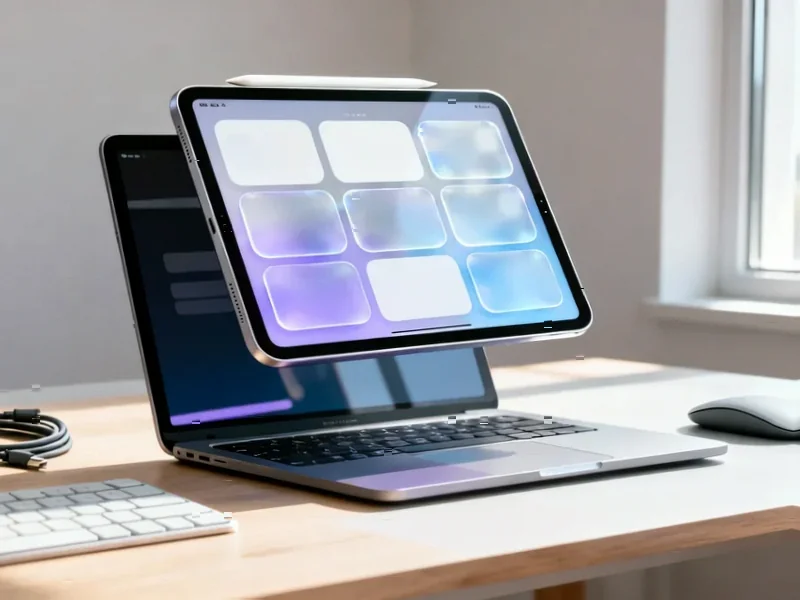According to AppleInsider, Apple has officially extended support for its original Home architecture from Fall 2025 to February 10, 2026, giving users additional time to prepare for the inevitable discontinuation. The company initially announced the phase-out in May 2025, following iOS 18.4 developer beta warnings urging upgrades. Users who upgrade gain access to features including guest access, robot vacuum cleaner support, and Activity History, while those sticking with the old architecture face complete service termination in 2026. The new architecture requires devices running iOS 16.2, iPadOS 16.2, macOS Ventura 13.1, tvOS 16.2, or watchOS 9.2 or later, with Apple providing specific upgrade instructions through its official support documentation. This extension follows a troubled rollout history that saw the new architecture withdrawn in December 2022 due to user issues before being reintroduced in February 2023.
A Pattern of Smart Home Stumbles
Apple’s decision to extend the deadline reveals deeper issues with their smart home strategy that go beyond simple timing concerns. The original HomeKit architecture replacement in 2022 was so problematic that Apple had to pull it entirely for months—an extremely rare move for a company known for polished software releases. This history suggests ongoing stability concerns that may have influenced the extension. When a company gives users an extra five months to migrate away from a deprecated system, it often indicates either technical problems with the replacement or slower-than-expected adoption rates. Given Apple’s typical aggressive stance on ecosystem transitions, this extension feels more like a necessary concession than a generous accommodation.
The Hidden Upgrade Costs
While Apple emphasizes the new features like robot vacuum support and Activity History, they’re less vocal about the compatibility casualties. Devices running older software versions will lose access to the updated home entirely until updated—a significant problem for households with mixed device generations. Many users have older iPads serving as permanent home controllers or family members using older iPhones that can’t run the required iOS 16.2. The upgrade requirements effectively force hardware upgrades for anyone with devices older than 2017, creating hidden costs that could run hundreds of dollars per household. This isn’t just a software update—it’s an ecosystem-wide hardware refresh mandate disguised as an optional improvement.
Strategic Implications for Apple’s Home Ambitions
Apple’s continued struggles with Home architecture highlight their broader challenges in the smart home space. While competitors like Google and Amazon have embraced more open ecosystems and gradual transitions, Apple’s all-or-nothing approach creates friction that hampers adoption. The fact that many users deliberately avoided the new architecture for years to maintain stability speaks volumes about consumer trust in Apple’s home automation capabilities. With the smart home market becoming increasingly competitive and Matter standard gaining traction, Apple cannot afford these kinds of transition stumbles. The extension to 2026 gives them breathing room, but also signals they’re still playing catch-up in a market they helped pioneer.
The Looming Support Nightmare
Come February 2026, Apple faces a potential customer service catastrophe. Users who ignore the warnings or encounter upgrade issues will suddenly find their entire smart home infrastructure non-functional. Unlike app updates or feature removals, home automation controls lighting, security, and climate systems—failures here have real-world consequences. Apple’s track record with the HomePod discontinuation and subsequent software support issues doesn’t inspire confidence that they’re prepared for the support volume this forced migration will generate. The company would be wise to implement more aggressive in-app warnings and potentially offer migration assistance programs as the deadline approaches to avoid a customer relations disaster.



